Few landscapes capture the imagination quite like the dramatic convergence of towering peaks and vast oceans. These rare geographic intersections create some of Earth’s most spectacular vistas—places where alpine environments cascade directly into marine ecosystems without the typical gradual transitions.
The resulting scenery combines the majesty of mountains with the endless horizon of the sea, offering visitors experiences that engage all five senses. Here is a list of 20 remarkable locations where mountains and oceans create unforgettable landscapes:
Amalfi Coast, Italy
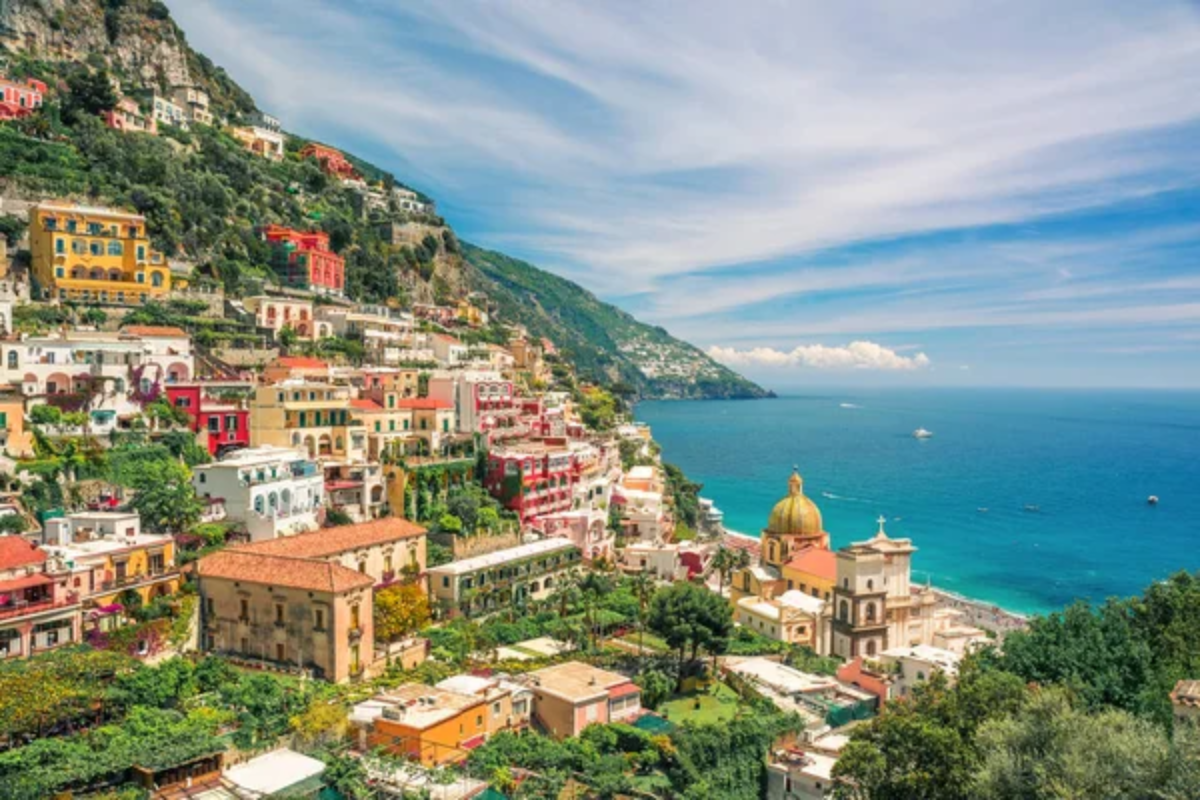
Along this UNESCO-protected stretch of Italian coastline, limestone cliffs plunge dramatically into the azure Mediterranean. Ancient villages cling precariously to steep mountainsides, connected by narrow roads carved into vertical rock faces that have challenged travelers for centuries.
Lemon groves and vineyards somehow find purchase on impossibly steep terraces, demonstrating human determination to inhabit this spectacular boundary between mountain and sea.
Napali Coast, Kauai, Hawaii
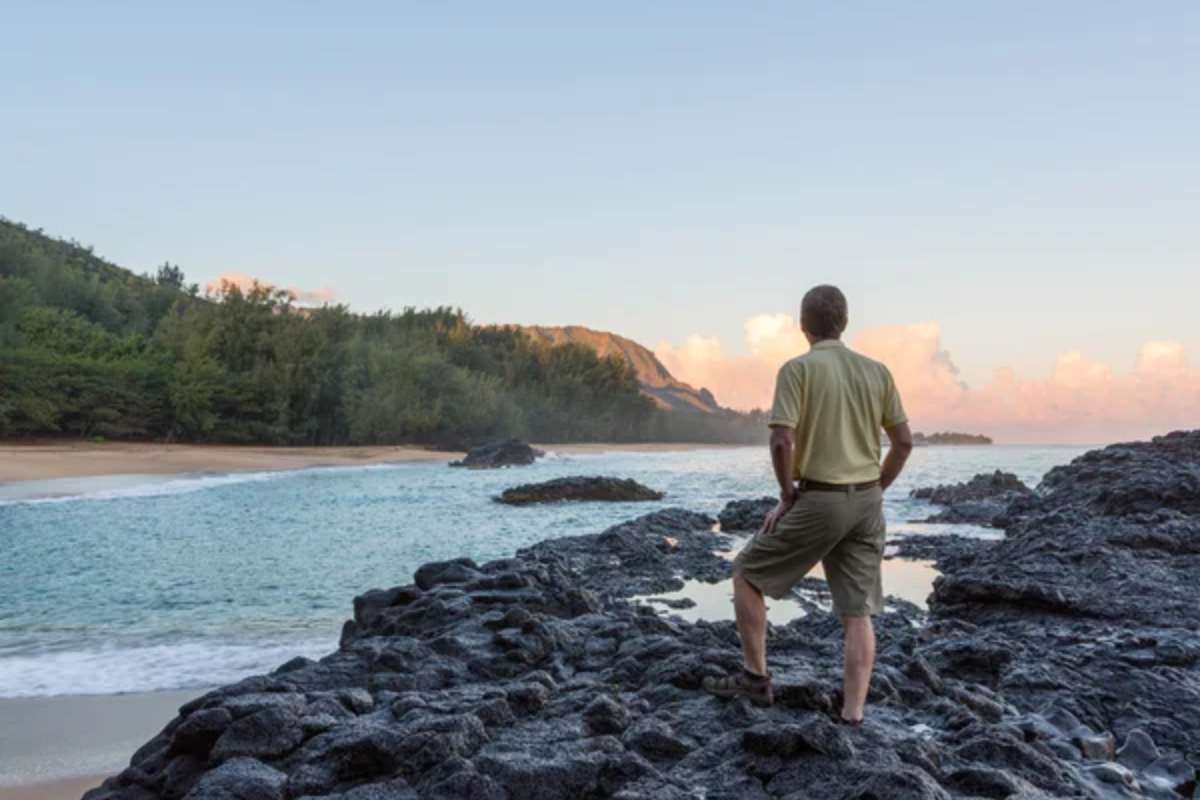
Emerald ridges rise thousands of feet from the Pacific Ocean along Kauai’s isolated northwestern shore, accessible only by boat, helicopter, or challenging hiking trails. The fluted cliffs, sculpted by millennia of rainfall carving through volcanic rock, create a corrugated landscape of unparalleled beauty.
Pristine beaches nestle between mountainous headlands, offering secluded havens reachable solely by adventurous travelers willing to navigate this rugged coastline.
Like Travel Pug’s content? Follow us on MSN.
Lofoten Islands, Norway
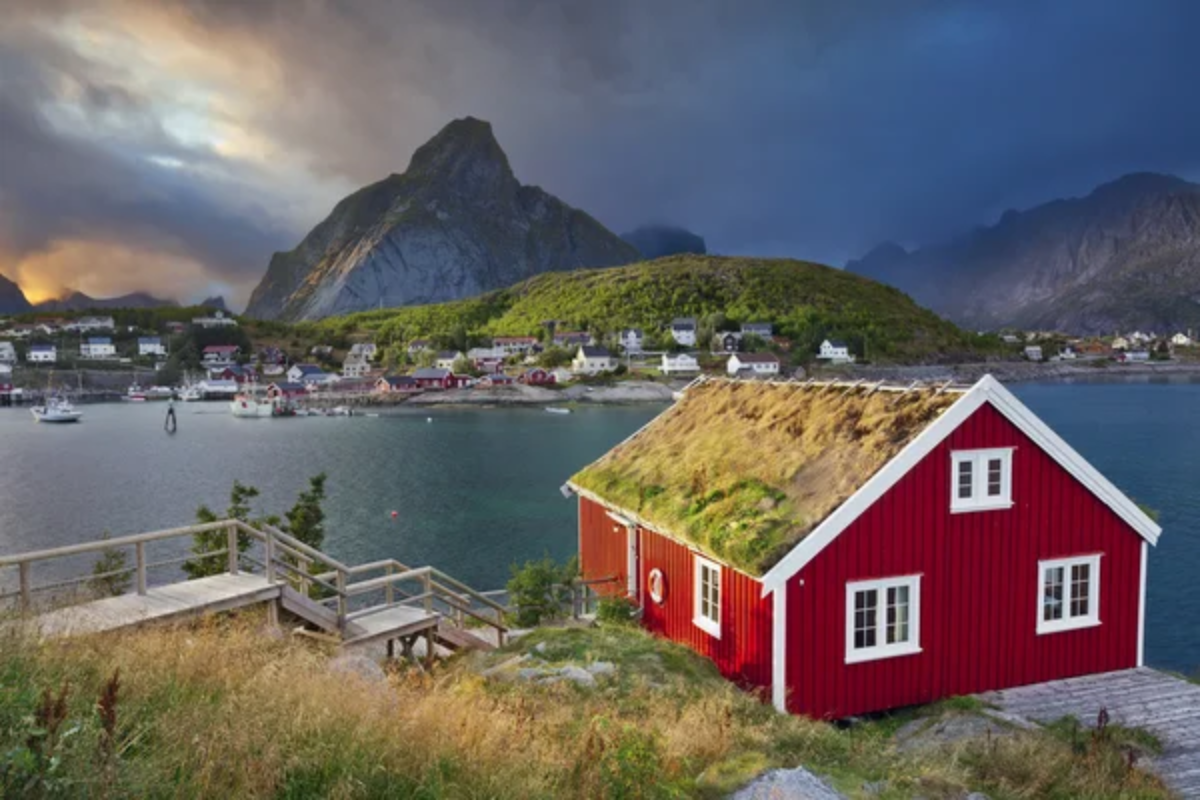
Granite peaks emerge directly from arctic waters in this archipelago above the Arctic Circle, where mountain summits cast reflections across crystal-clear fjords. Traditional red fishing cabins provide a striking contrast against snow-capped mountains and deep blue waters in settlements dating back to Viking times.
The islands experience the midnight sun in summer and northern lights in winter, adding magical illumination to the already extraordinary landscape.
Big Sur, California
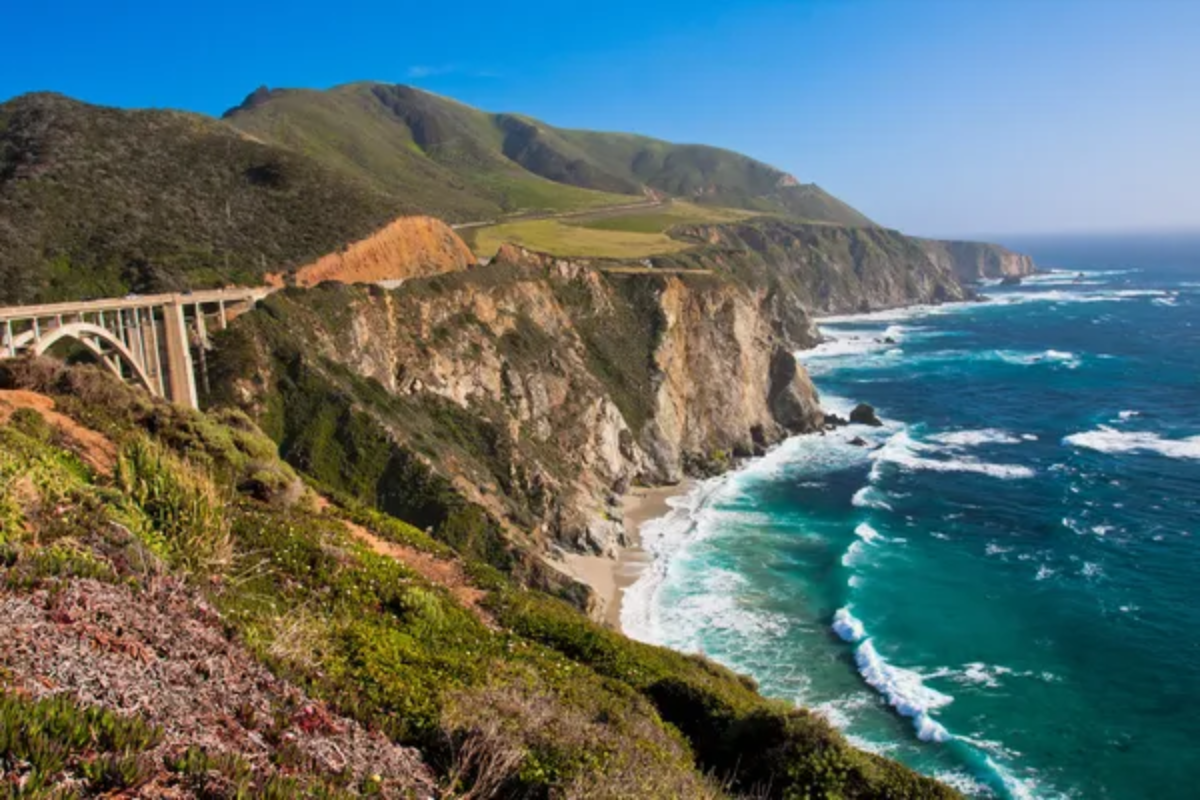
The Santa Lucia Mountains rise abruptly from the Pacific along California’s central coast, creating one of America’s most scenic driving routes. Coastal redwoods grow alongside craggy cliffs, while far below, powerful waves carve sea caves and natural bridges along the rugged shoreline.
The region’s characteristic coastal fog creates an atmospheric backdrop for this meeting of ecological zones, sometimes obscuring and revealing the dramatic landscape as it shifts throughout the day.
Cape Town, South Africa
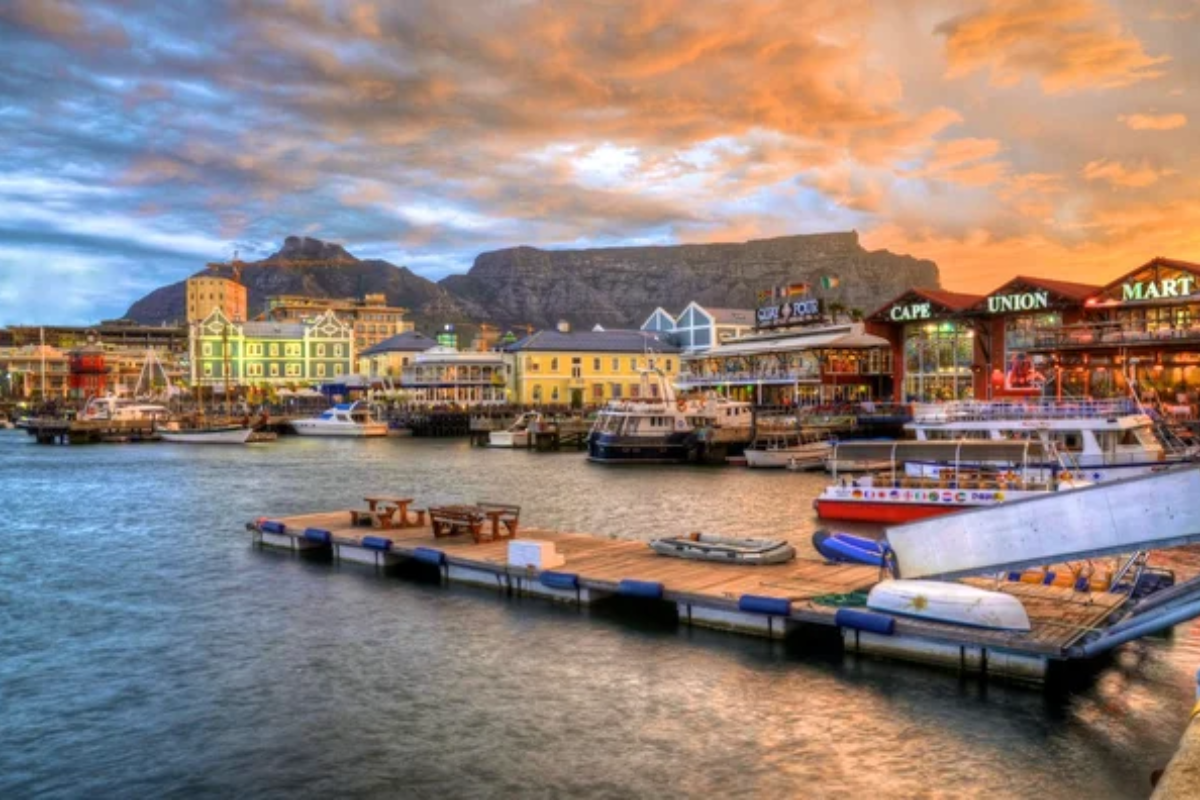
Table Mountain creates an iconic backdrop for this cosmopolitan city nestled between peaks and the ocean. The flat-topped mountain rises 3,500 feet almost directly from sea level, flanked by Lion’s Head and Signal Hill, which frame the city’s famous beaches and harbors.
The Cape Peninsula extends southward with mountainous terrain throughout, culminating at the Cape of Good Hope, where cliffs overlook the theoretical meeting point of two mighty oceans.
Like Travel Pug’s content? Follow us on MSN.
Cinque Terre, Italy
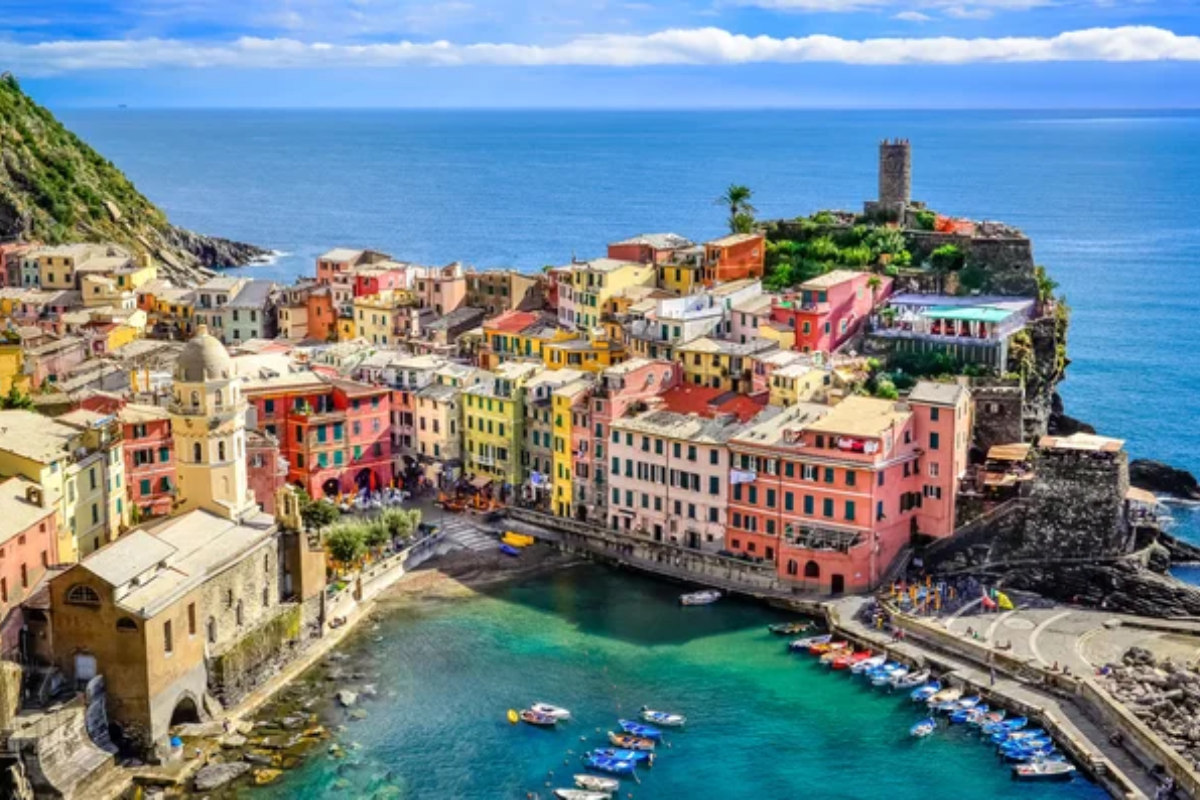
Five colorful fishing villages built into nearly vertical terrain create one of the Mediterranean’s most picturesque coastlines. The mountains behind rise to almost 2,500 feet, with vineyards and olive groves occupying terraces built over centuries of human labor.
Narrow streets wind through buildings that seem to grow directly from the rocky foundations, creating an architectural harmony with the natural boundary between mountain and sea.
Mount Otemanu, Bora Bora
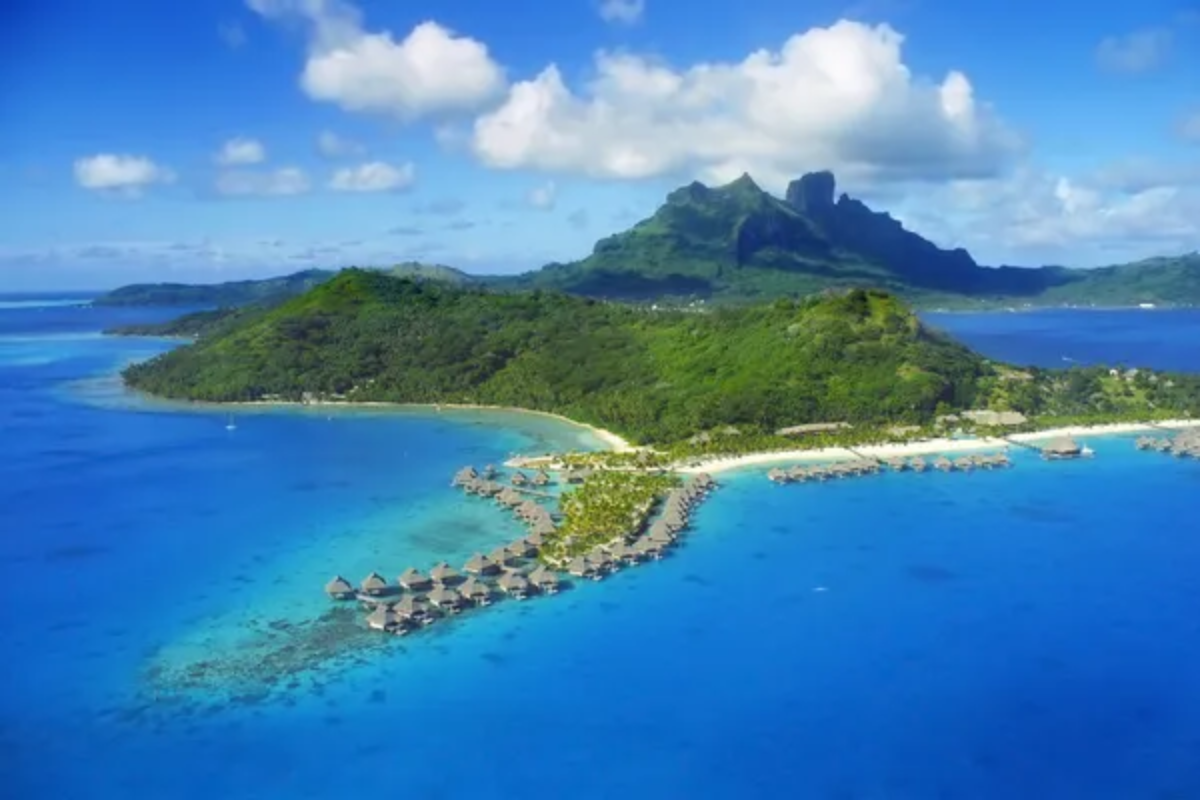
The remnants of an ancient volcano rise dramatically from the center of a turquoise lagoon on this South Pacific island. The jagged peak reaches 2,385 feet above pristine waters, creating perhaps the most recognizable mountain-meets-sea silhouette in Polynesia.
Luxury overwater bungalows cluster along the ring of surrounding coral, offering uninterrupted views of this perfect convergence of geological forces.
Fiordland National Park, New Zealand
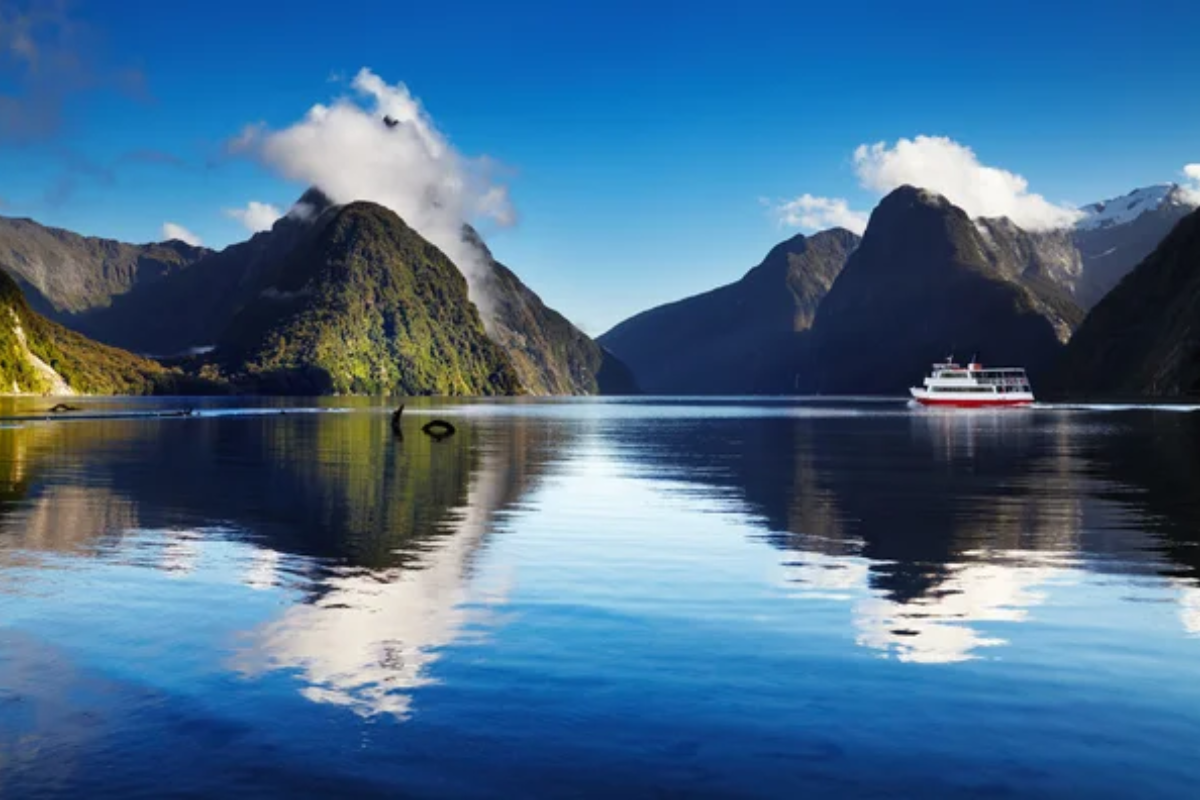
Towering granite peaks, carved by ancient glaciers, descend steeply into deep fjords along New Zealand’s remote southwestern coast. The most famous of these, Milford Sound, features waterfalls that plunge directly from cloud-shrouded mountains into dark, mirror-like waters.
Mist drapes the cliffs in ethereal layers, while native rainforest clings to the slopes, creating a hauntingly beautiful interface between alpine wilderness and the Tasman Sea. This UNESCO World Heritage Site feels like the edge of the world—raw, remote, and profoundly elemental.
Like Travel Pug’s content? Follow us on MSN.
Santorini, Greece

A massive volcanic caldera creates the foundation for this iconic Aegean island, where white-washed villages cling to dark volcanic cliffs. The multicolored beaches—black, red, and white—demonstrate the island’s volcanic origins, while the cliffs rise over 1,000 feet from the brilliant blue Mediterranean.
Santorini exemplifies how human settlement adapts to the dramatic meeting of mountain and sea.
Mount Teide, Tenerife
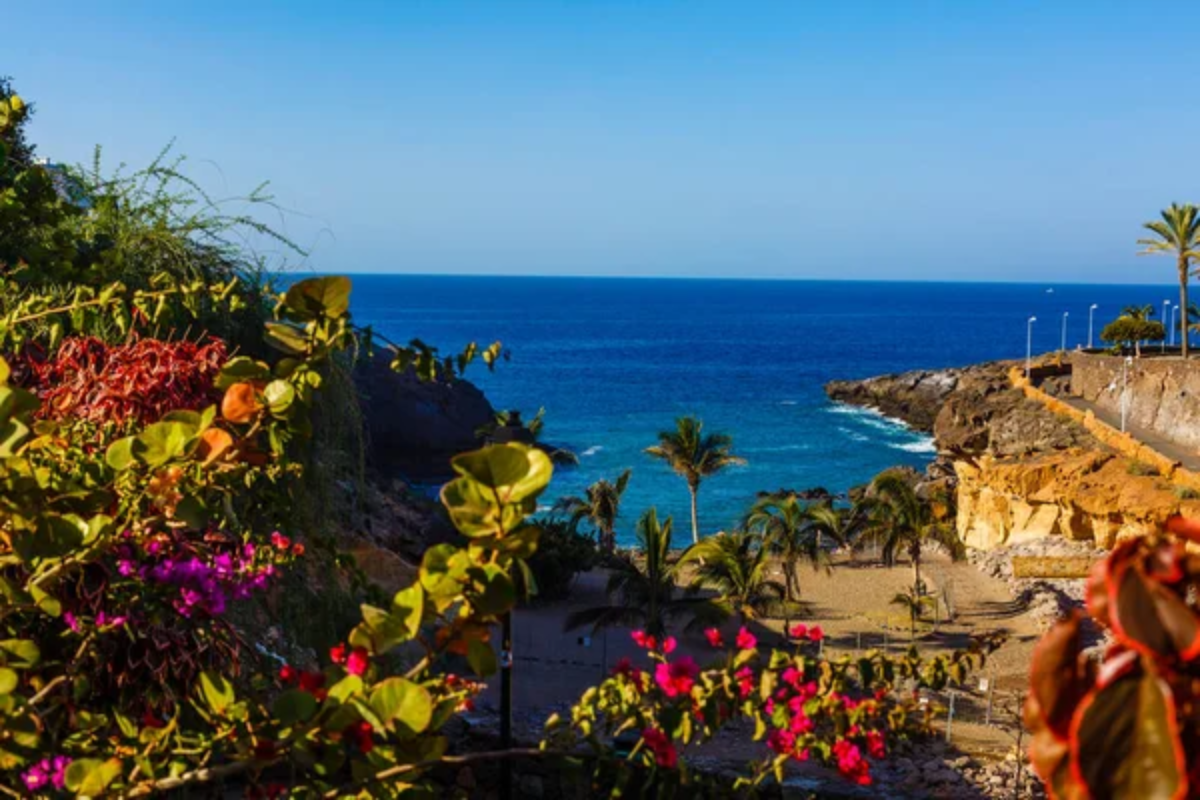
Spain’s highest peak dominates this Canary Island, where landscapes range from lunar-like volcanic terrain to lush forests before reaching the Atlantic coast. The volcano rises 12,188 feet above sea level, visible from much of the island’s 213 miles of varied coastline.
The proximity of high alpine environments to tropical coastal areas creates remarkable ecological diversity within an unusually compact geographical area.
Slieve League, Ireland
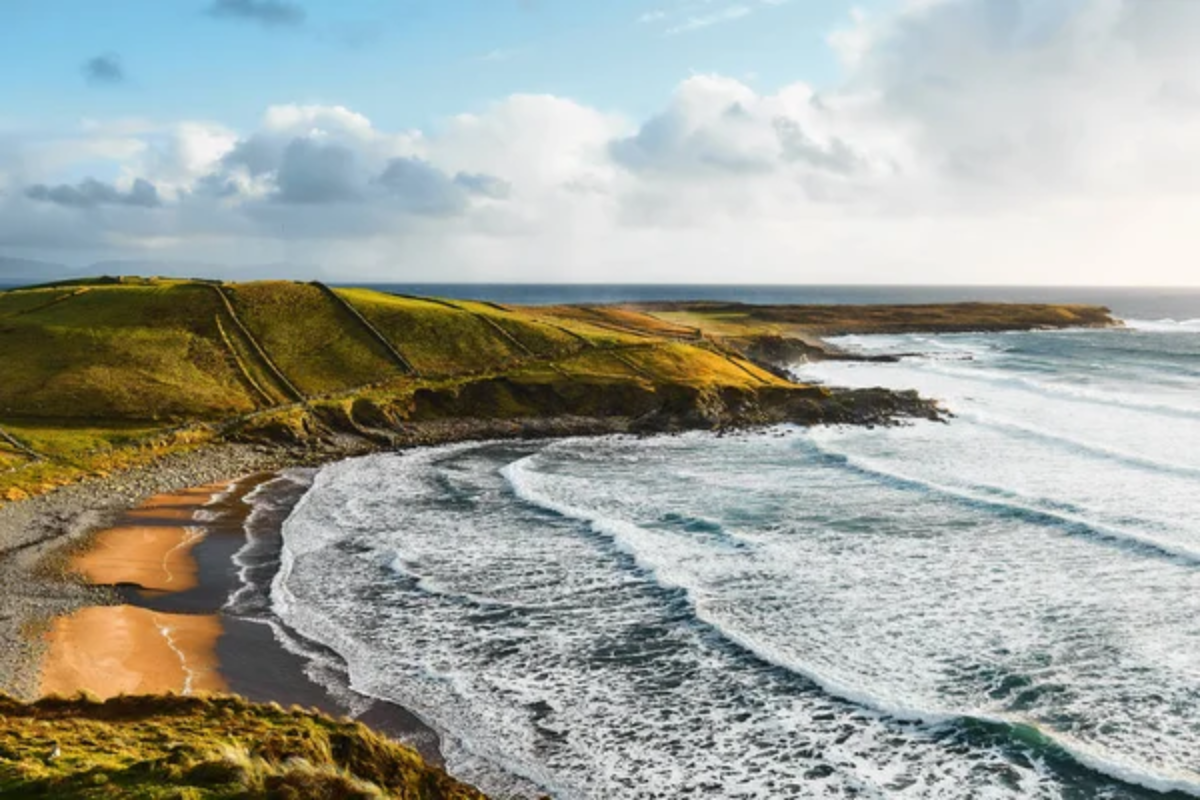
Among Europe’s highest sea cliffs, these mountains in County Donegal drop nearly 2,000 feet almost vertically into the wild Atlantic. The multicolored rock faces, formed from some of the oldest formations in Ireland, create an ever-changing palette as weather systems move across the exposed headland.
Ancient stone ruins dotting the mountaintops testify to human history atop these precipitous heights where terrestrial environments meet marine wilderness.
Like Travel Pug’s content? Follow us on MSN.
Olympic National Park, Washington
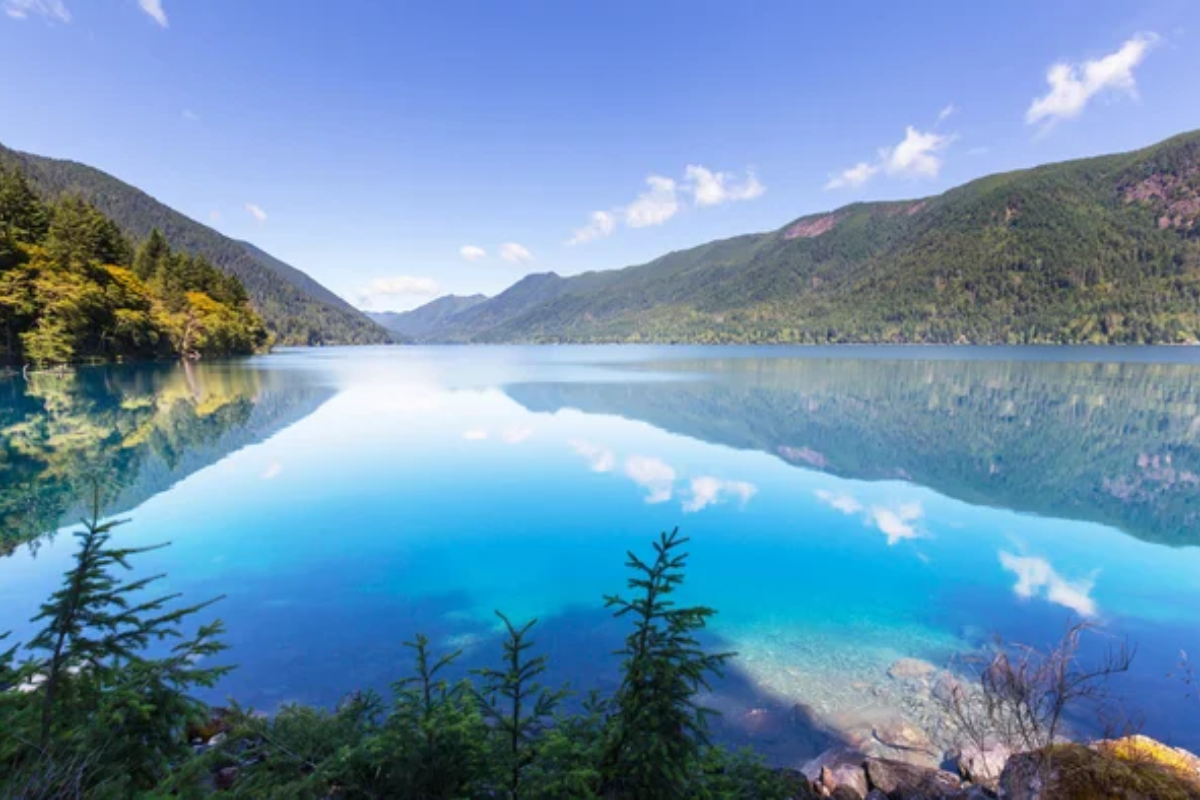
The only temperate rainforest in the continental United States descends from snow-capped mountains directly to wild Pacific beaches. The Olympic Mountains, despite their modest height of under 8,000 feet, appear more imposing because they rise almost directly from sea level without foothills.
The unique ecosystem transition ranges from alpine glacier to ancient rainforest to rugged coastline within a remarkably short geographic distance.
Torres del Paine, Chile
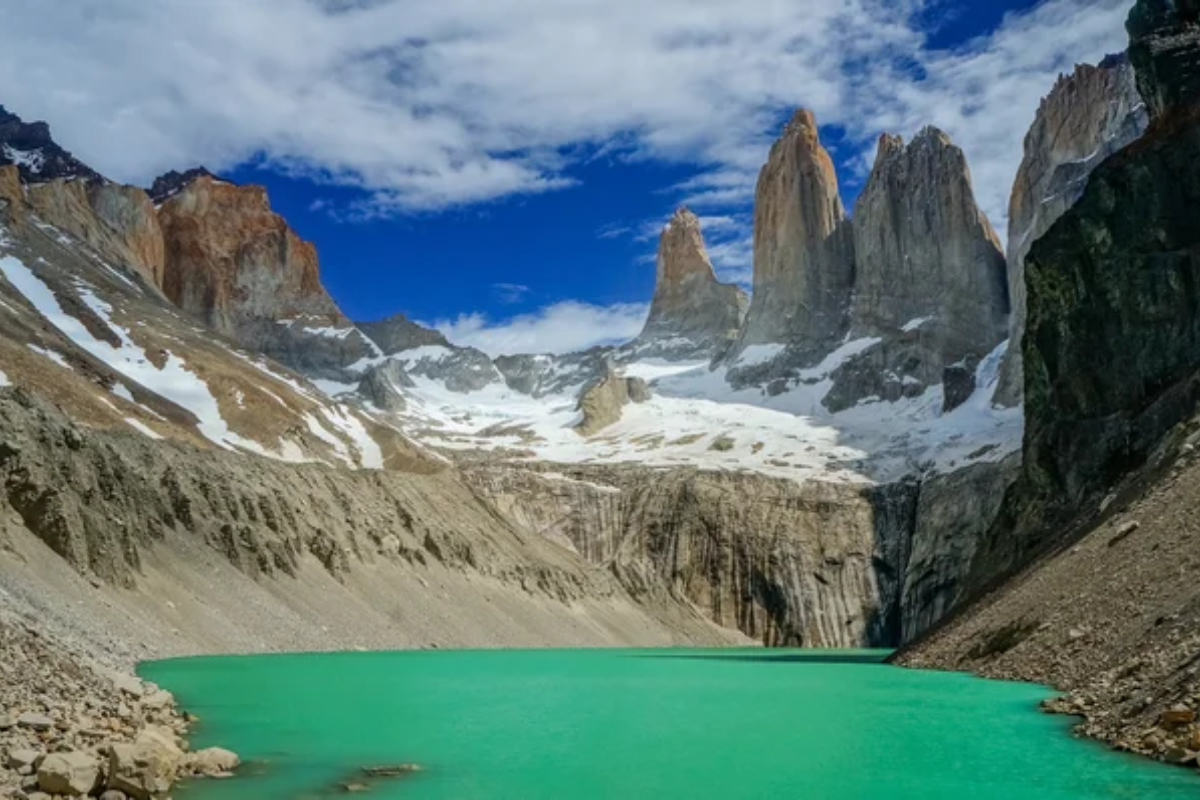
Granite towers rise dramatically near the southern tip of South America, where mountains, glaciers, and fjords create an otherworldly landscape. The iconic peaks reach heights of nearly 10,000 feet, with their distinctive shape resulting from glacial erosion, leaving only the hardest granite cores standing.
The park encompasses a remarkable transition from the Andes mountains to the Patagonian coast, which has extraordinary biodiversity that spans both ecosystems.
Kaikoura, New Zealand
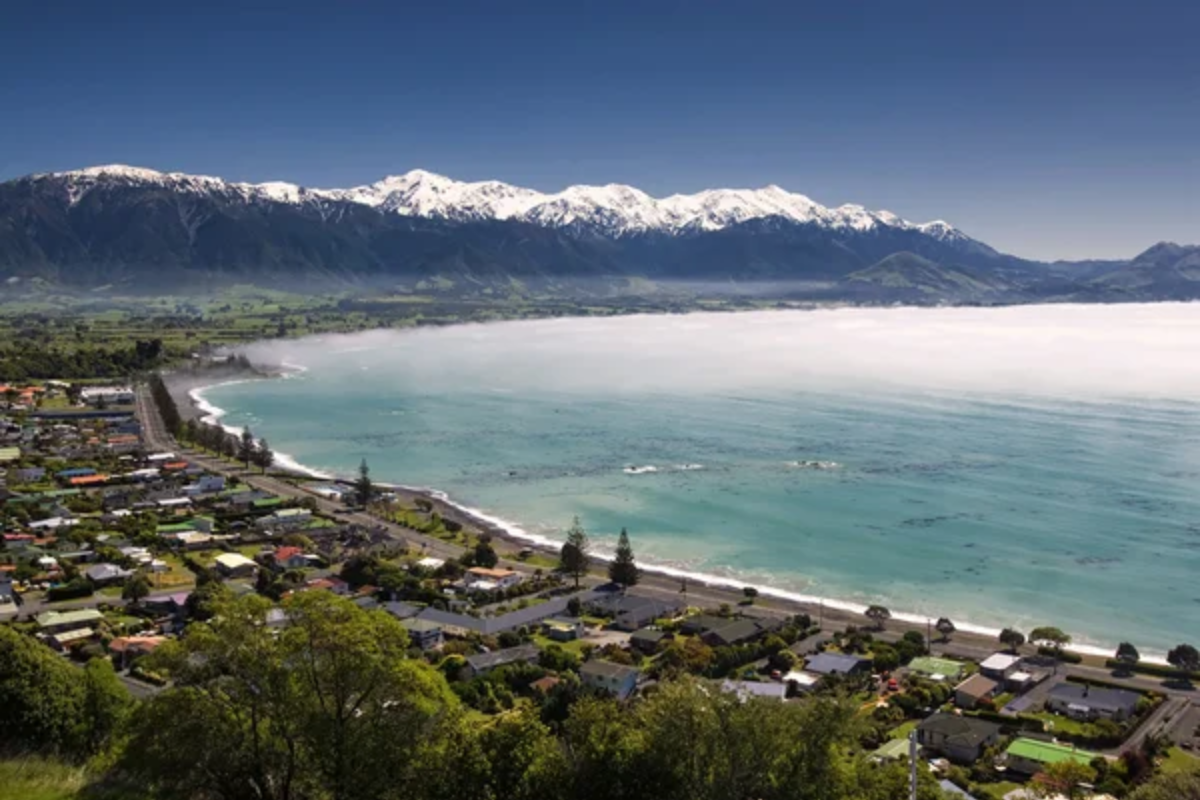
The Seaward Kaikoura Range rises steeply from the Pacific Ocean along New Zealand’s South Island, creating one of the world’s most dramatic coastal landscapes. Snow-capped peaks reaching over 8,500 feet stand less than 10 miles from the shoreline, creating an extraordinary altitude gradient.
The underwater topography proves equally dramatic, with deep marine trenches approaching the coast and creating perfect conditions for the abundant marine life that makes the region famous.
Like Travel Pug’s content? Follow us on MSN.
Mount Athos, Greece
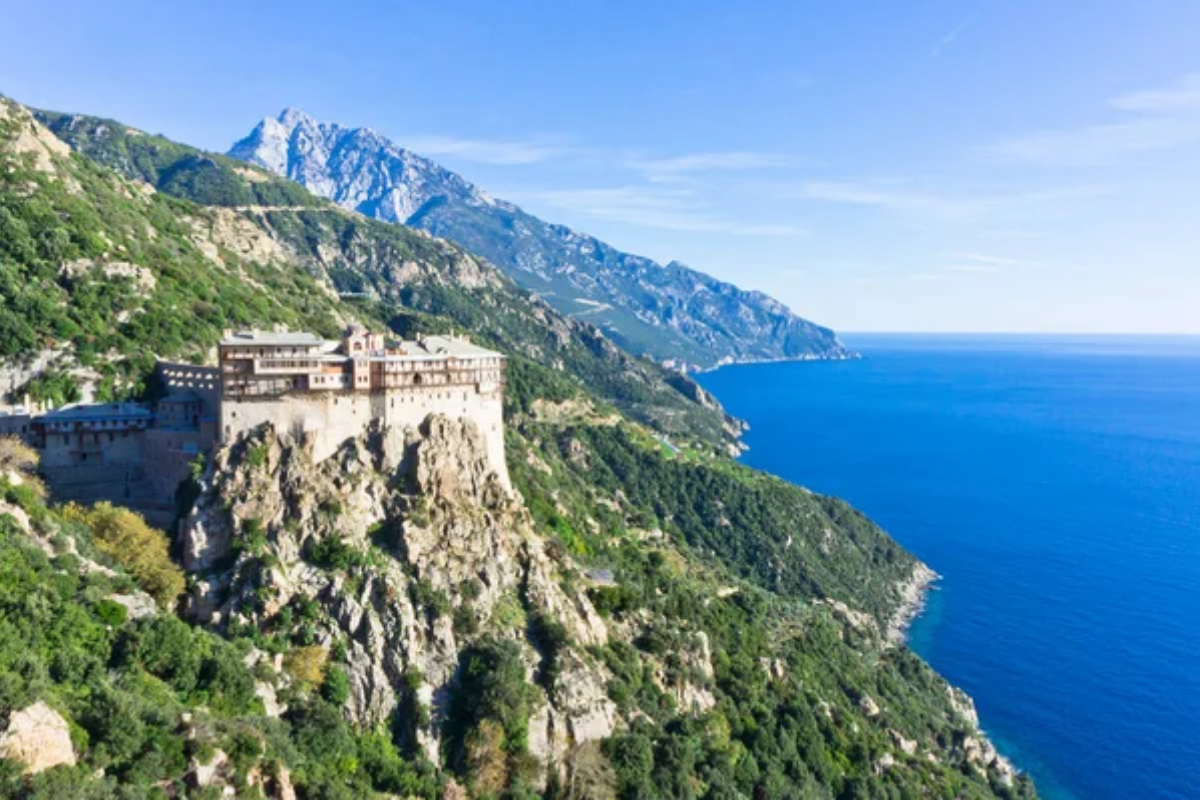
A mountainous peninsula extending into the Aegean Sea hosts twenty Eastern Orthodox monasteries perched dramatically between forest and sea. The mountain itself rises 6,670 feet from the waters, creating a self-contained spiritual world separated from mainland Greece.
The monastic communities, some dating to the 10th century, constructed their remarkable stone complexes in seemingly impossible locations along this boundary between mountain and maritime environments.
Vestmannaeyjar, Iceland
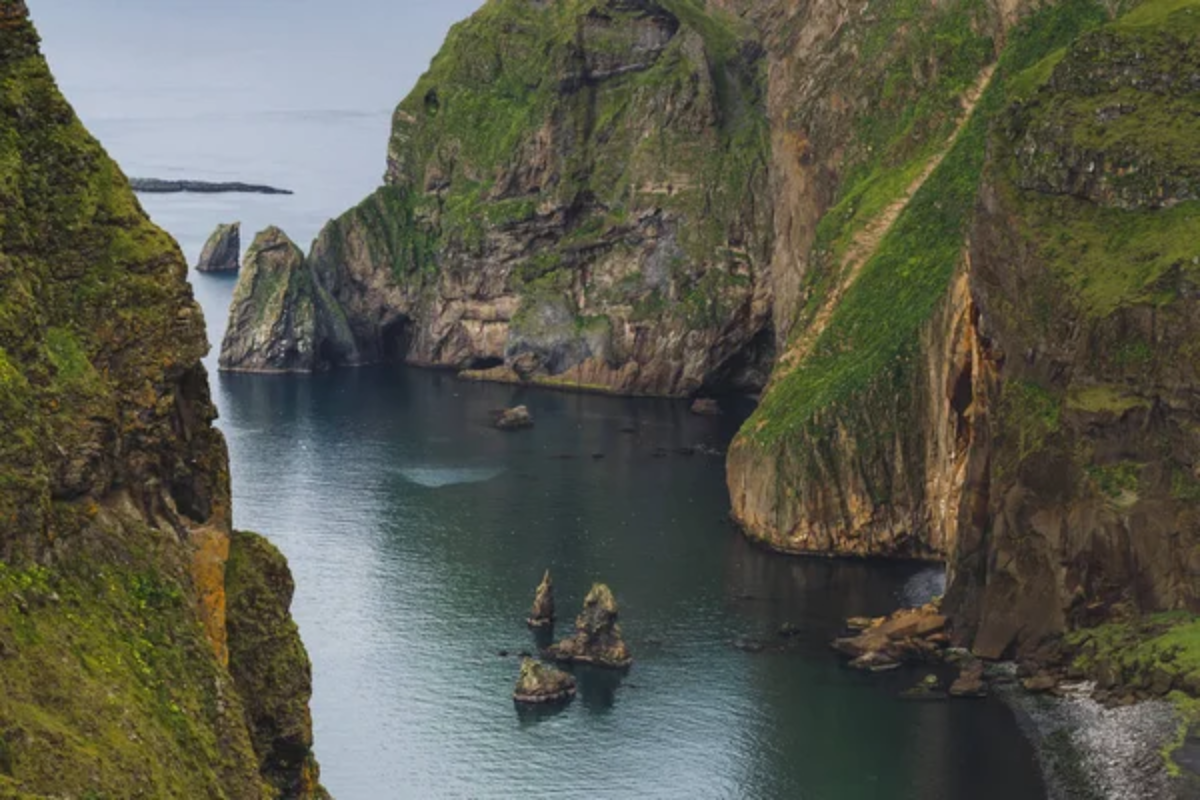
Dramatic volcanic islands rise from the North Atlantic just off Iceland’s southern coast, created by the same geological forces responsible for the mainland’s dramatic landscapes. The archipelago’s inhabited island features mountains formed during a 1973 eruption that nearly destroyed the town but created entirely new terrain.
The resulting landscape combines black sand beaches, grassy mountains, and volcanic craters surrounded by the wild North Atlantic.
Bay of Kotor, Montenegro
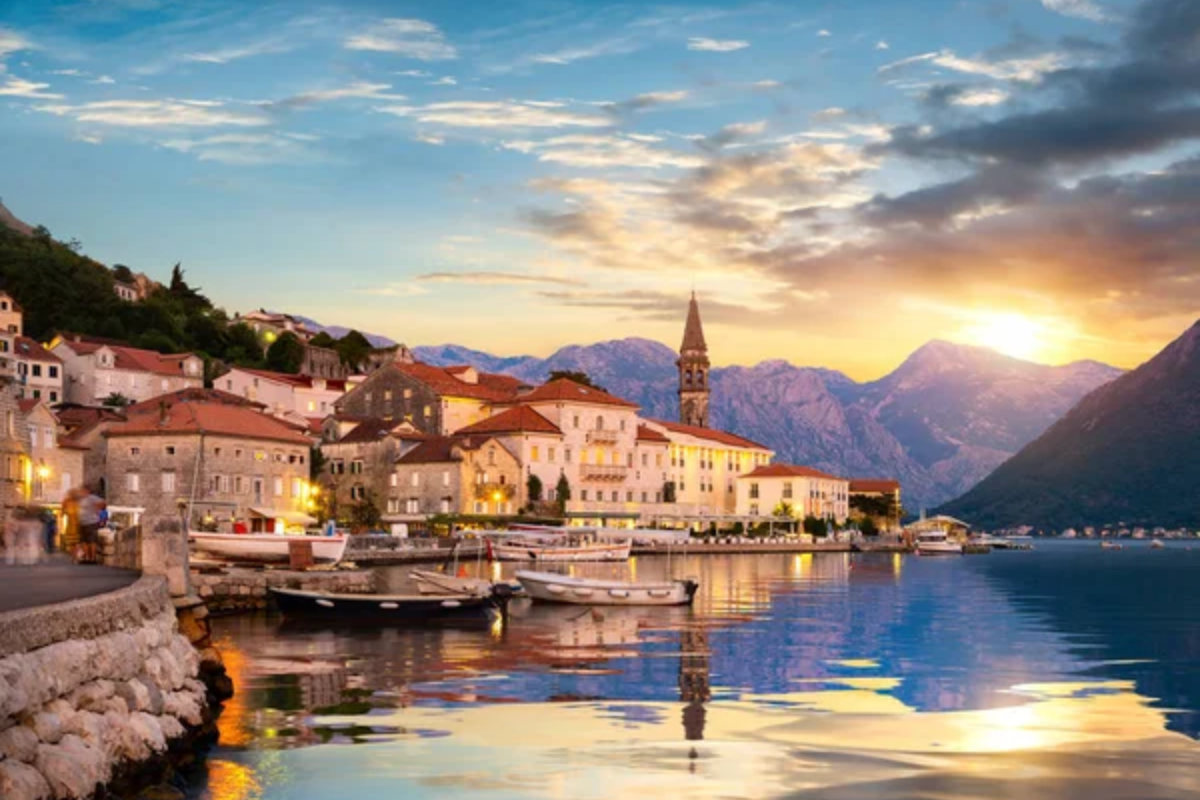
Europe’s southernmost fjord creates one of the continent’s most spectacular landscapes where limestone mountains plunge directly into deep blue waters. Medieval walled towns nestle at the foot of peaks that rise nearly 6,000 feet from the Adriatic shore, connected by one of the world’s most scenic coastal roads.
The unusual combination of Mediterranean climate with fjord-like topography creates a unique environment that has attracted human settlement since ancient times.
Like Travel Pug’s content? Follow us on MSN.
Cape Breton Highlands, Nova Scotia
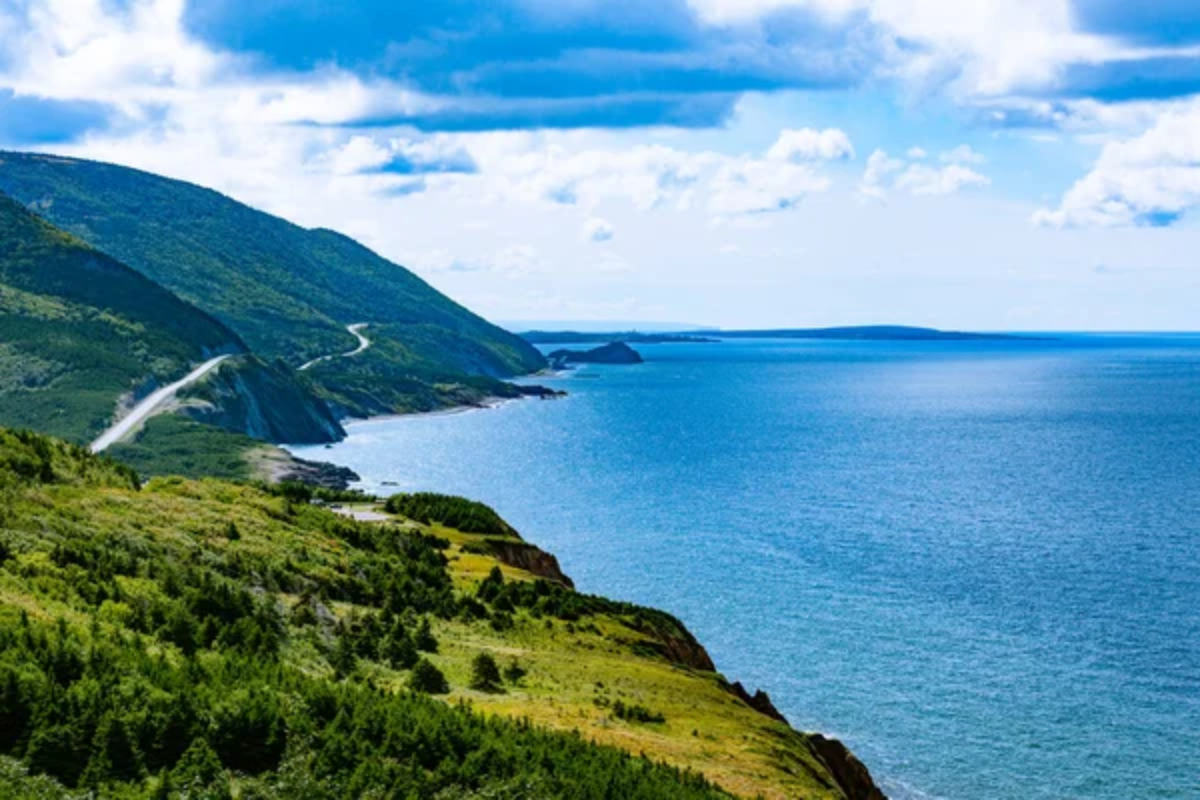
The northern extension of the Appalachian Mountain chain meets the Atlantic Ocean along this island’s famous Cabot Trail highway. Forested mountains up to 1,750 feet high end abruptly at the Gulf of St. Lawrence, creating panoramic vistas that represent Canada’s finest coastal scenery.
The region’s complex geological history reveals itself in exposed rock faces dating back 1.2 billion years, telling the story of ancient mountain formation now intersecting with marine environments.
Hong Kong Island
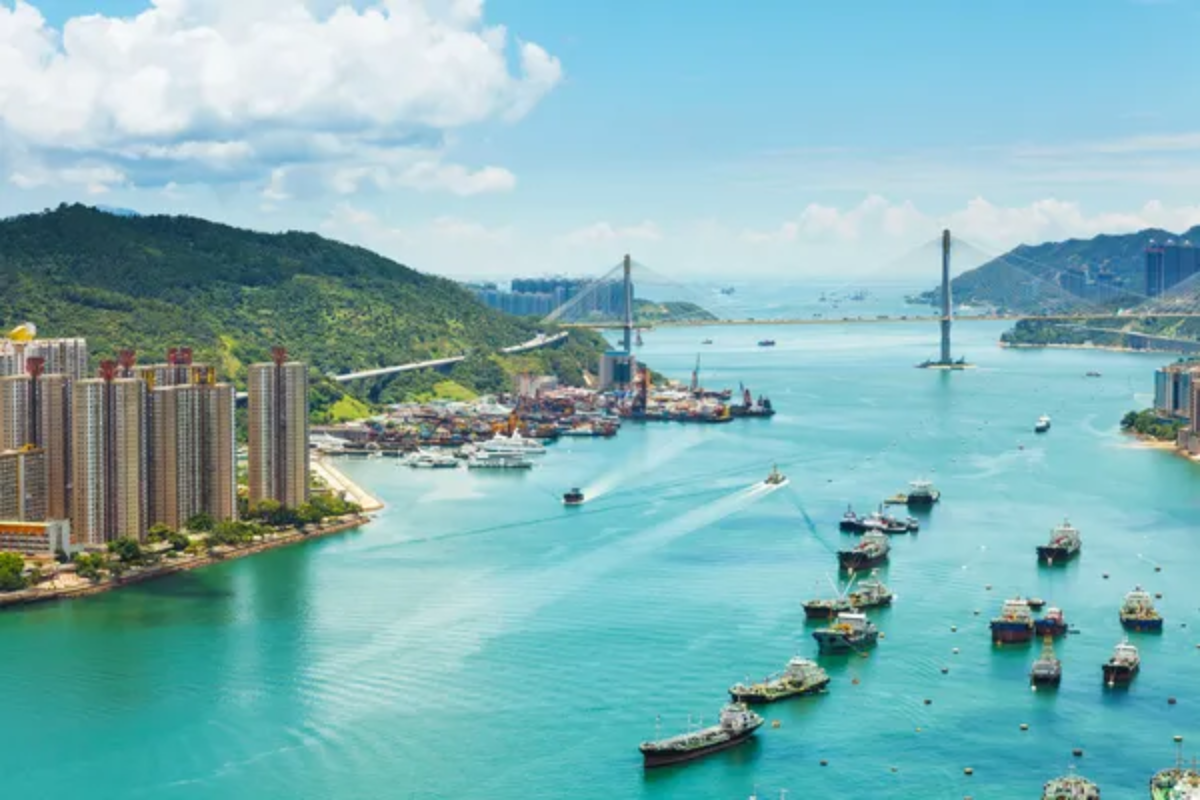
Lush peaks create a dramatic backdrop for one of the world’s most densely populated and vertically built urban environments fronting a magnificent natural harbor. The island’s highest point, Victoria Peak, rises 1,811 feet almost directly from the harbor, providing the foundation for the city’s iconic skyline.
The combination of steep mountains, dense skyscrapers, and busy harbor waters creates a unique landscape where natural topography shapes human development at this meeting of land and sea.
Faroe Islands, Denmark
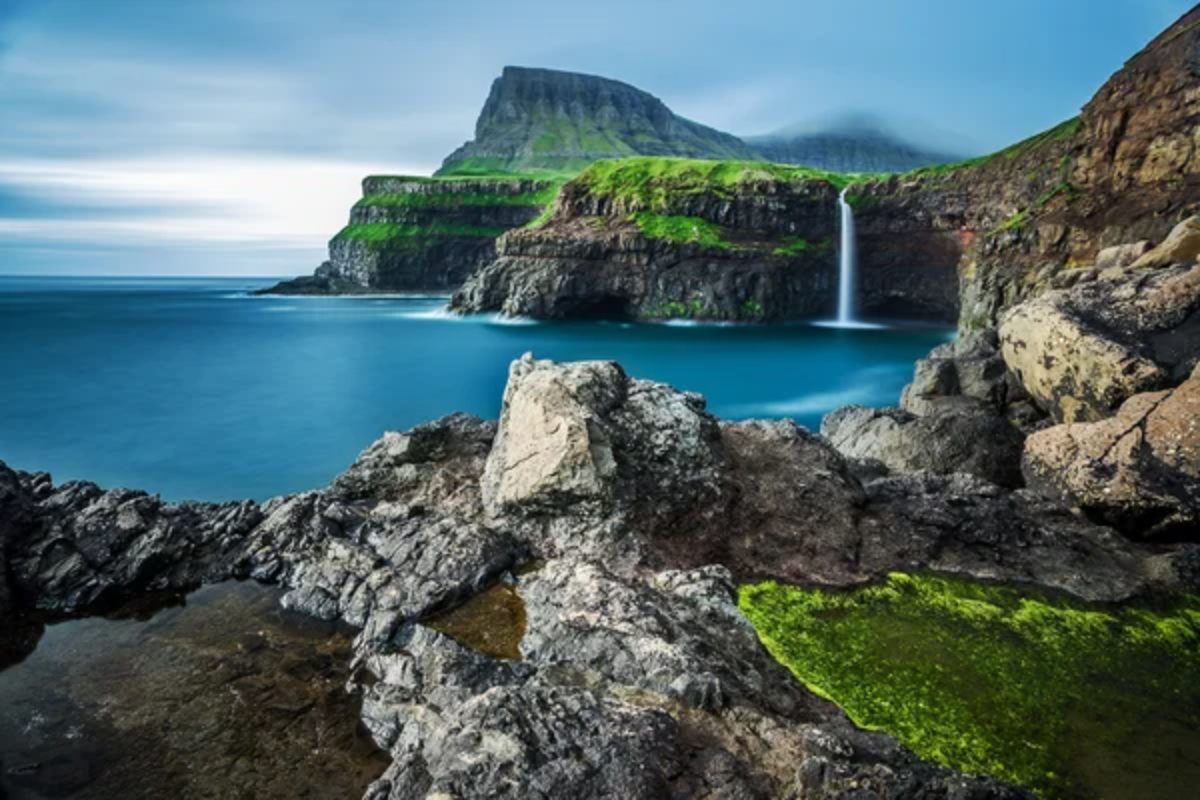
Sheer sea cliffs rising over 2,000 feet characterize these remote North Atlantic islands, where mountains emerge directly from the ocean. Volcanic origins created a landscape of steep-sided islands separated by narrow straits with powerful tidal currents flowing between them.
Traditional grass-roofed houses nestle at the base of near-vertical slopes in villages that have maintained their unique culture at this dramatic intersection of mountain and maritime environments.
Like Travel Pug’s content? Follow us on MSN.
Where Worlds Converge
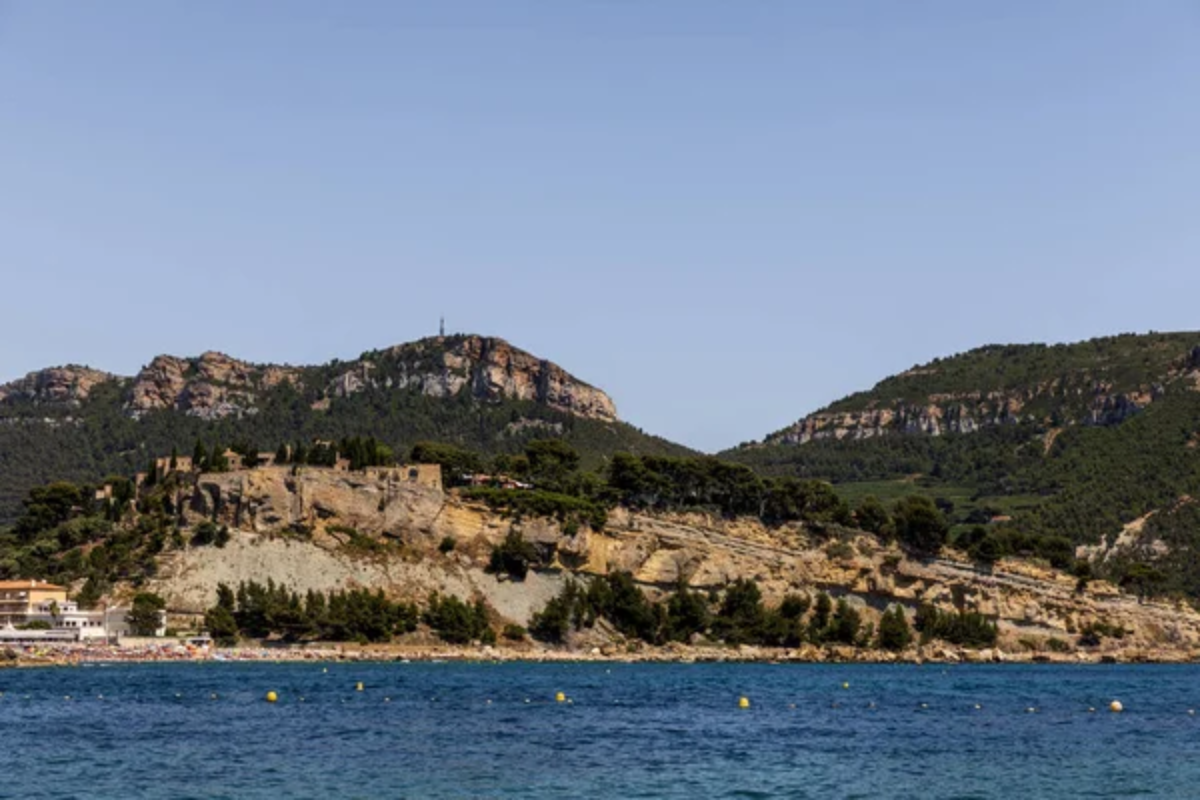
These extraordinary locations represent far more than scenic viewpoints—they embody the dynamic boundary between terrestrial and marine environments. The dramatic visual contrast creates landscapes that resonate deeply with human observers while fostering unique ecosystems adapted to these specialized geographical intersections.
The powerful emotional response these places evoke stems from their fundamental nature as convergence points, where the solid foundation of mountains meets the endless possibility of the open ocean. In each location, we witness geology in transition—the story of our planet written in the meeting of its most impressive features.
More from Travel Pug

- Cities Growing so Fast You Won’t Recognize Them in 10 Years
- 13 Destinations Where Tourists Regularly Regret Their Trip
- 16 U.S. Cities That Are Quietly Becoming Travel Hotspots
- Where to Travel If You Love Long Bus Rides and Daydreams
- 20 Cities Perfect for Solo Travelers Who Crave Adventure & Culture
Like Travel Pug’s content? Follow us on MSN.
